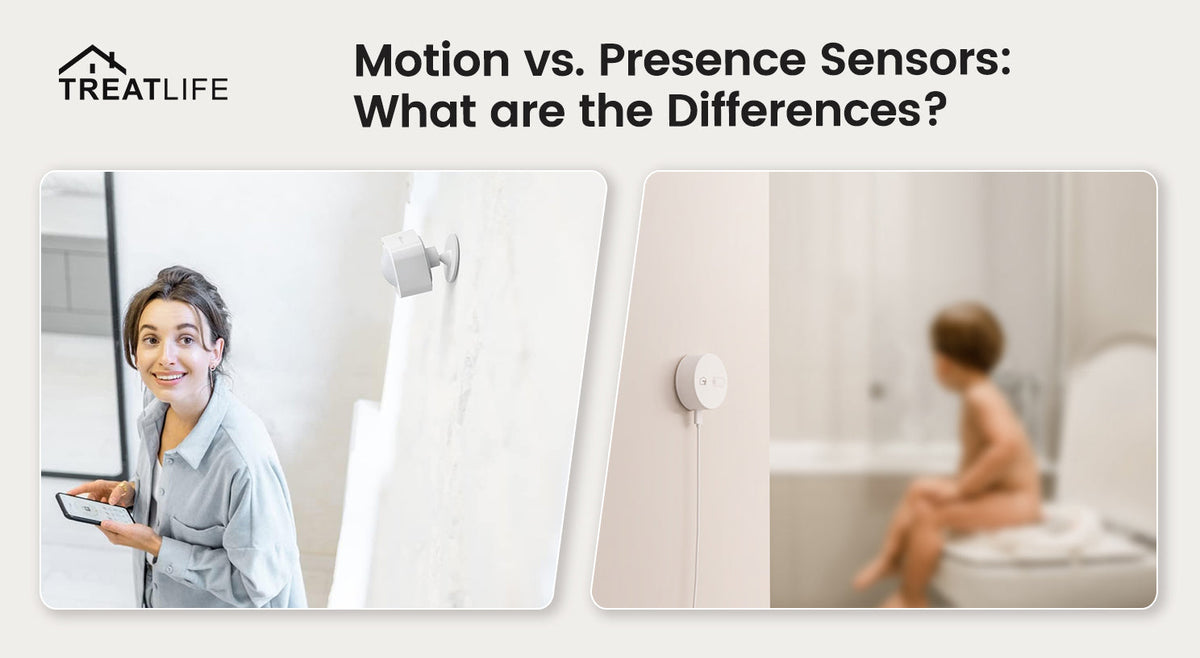
Motion Sensor vs. Presence Sensor What are the Differences?
|
|
Time to read 1 min
|
|
Time to read 1 min
Motion and Presence Sensors play crucial roles in a connected household, enabling a wide range of actions like activating lights, opening doors, and controlling media devices. But how do you decide between a presence sensor and a motion sensor? Let's delve into their functionalities to help you make the right choice.
Motion Detectors utilize passive infrared sensors to detect motions by sensing infrared radiation emitted or reflected by objects within their field of view. This technology detects thermal energy emitted by objects warmer than absolute zero.
Presence sensors, on the other hand, rely on millimeter-wave technology, using radar signals to detect reflections from nearby objects.
To illustrate the differences more clearly, we've prepared a side-by-side comparison chart highlighting the key distinctions between Presence Sensors and Motion Detectors:
By setting up Automations within the TreatLife app, you can increase energy efficiency through automatically controlling Treatlife lighting devices based on these two sensors:
Motion Sensors: Ideal for areas like stairways and hallways, they activate lights upon detecting movement and turn them off after a set period of inactivity, providing both energy savings and convenience.
Presence Sensors: Perfect for spaces where you spend extended periods, such as living rooms, bedrooms, or home offices. Placed near your favorite reading nook or relaxation spot, they automatically adjust lighting and ambiance for optimal comfort.
Now that you understand the differences between Motion and Presence Sensors, it's time to choose the right one for your home!


